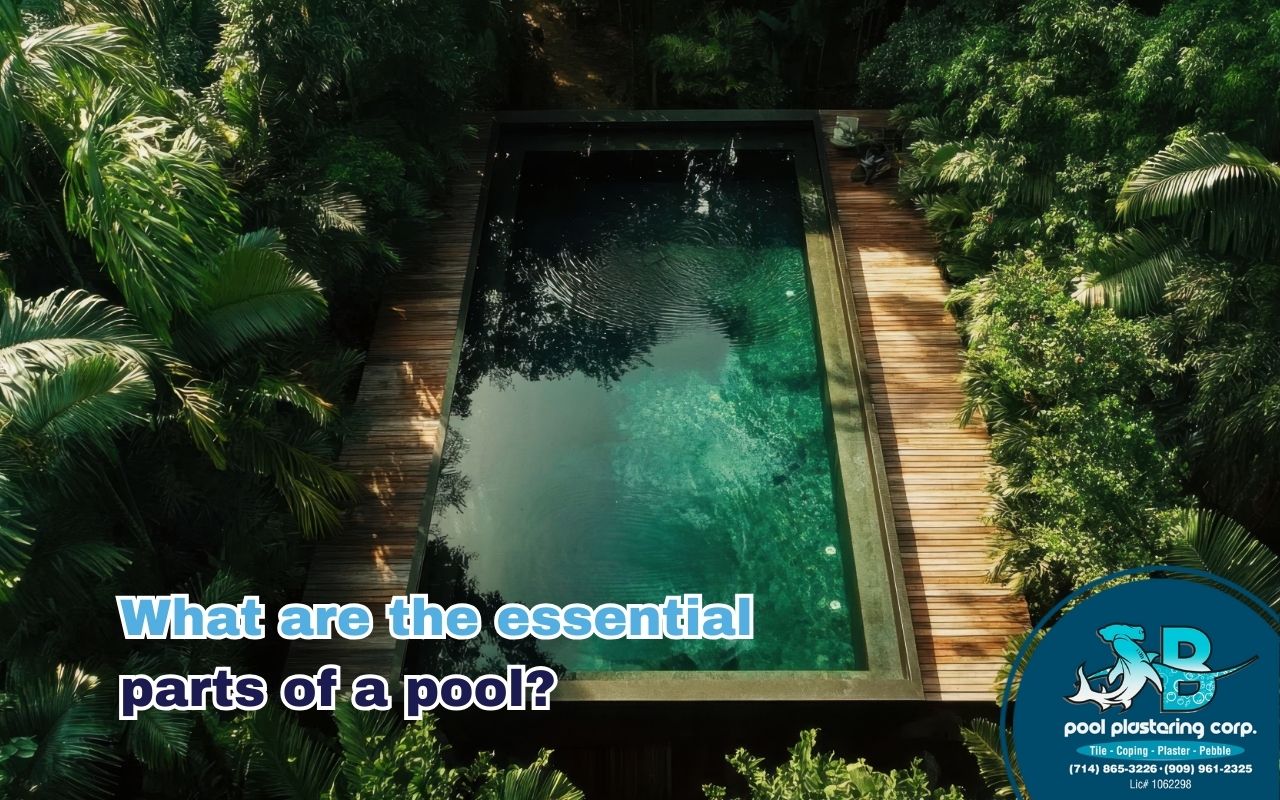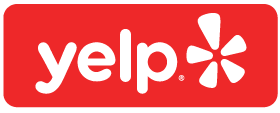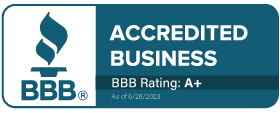
What are the essential parts of a pool?
Every swimming pool is more than a blue rectangle of water; it’s a complete system made of specialized parts working together. When you understand each component, you can spot problems earlier, protect your investment, and plan smarter upgrades. This guide explains the key parts of a pool and how they affect comfort, safety, and maintenance for your family and guests.
What are the essential parts of a pool?
The essential elements include the shell, skimmer, suction and return lines, main drain, pump, filter, heater, waterline tile, coping, lighting, and safety features. Together, these components circulate, clean, heat, and protect the water so your pool stays clear, comfortable, and safe.
The pool shell components: foundation of your oasis
The pool shell components form the structural base that holds water, shapes the design, and supports tile, coping, fittings, and plumbing. These structural parts of a pool determine its depth, shape, and strength, helping prevent leaks and long-term damage when they are correctly built and maintained.
Key structural elements in the shell
- Walls and floor: Concrete, gunite, fiberglass, or vinyl that define the pool’s dimensions and depth changes.
- Bond beam: The reinforced upper edge where waterline tile and coping are anchored.
- Embedded fittings: Skimmer bodies, main drains, lights, and return inlets integrated into the shell.
- Support for finishes: Plaster, pebble, or other interior finishes that protect the structure.
If you see cracks, hollow spots, or flaking plaster, it’s smart to schedule an inspection with experienced pool contractors before small issues spread into costly structural problems.

Understanding your pool’s circulation system
A healthy pool depends on constant movement of water through suction, filtration, and return. When circulation is balanced, chemicals mix evenly, debris is removed efficiently, and algae has less chance to grow, making ongoing care easier and more predictable for homeowners.
- Suction: Water is pulled from skimmers and the main drain into the suction lines.
- Filtration: The pump drives water through the filter, removing dirt and contaminants.
- Return: Clean water flows back through return lines and jets into the pool.
Key circulation components include skimmers, suction lines, main drains, pool pumps, filters, optional heaters, return lines, and in-floor or wall return jets. When any of these devices fail, circulation suffers and water quality quickly declines.
Skimmer: the silent cleaner
The skimmer quietly removes floating leaves, bugs, and debris before they sink. Built into the pool wall at the waterline, it draws a thin layer of water across the surface, where a basket traps larger debris and protects the pump and filter from clogs.
Inside the skimmer, a hinged flap called the weir creates a small waterfall effect that improves surface cleaning and keeps debris from washing back into the pool. Over time, this flap can crack, stick, or warp, which is why timely skimmer weir replacement is so important.
Simple skimmer care checklist
- Empty the skimmer basket at least once a week, more often during heavy leaf season.
- Inspect the weir flap for cracks, stiffness, or missing pieces.
- Confirm that water flows smoothly through the opening without gurgling sounds.
- Schedule skimmer weir replacement if the flap no longer moves freely or seals properly.
Suction lines and main drain
Suction lines
Suction lines are the piping that carries water from skimmers and the main drain to the pump. In most inground pools, these PVC pipes run underground from the pool to the equipment pad. If they clog or develop leaks, you may notice weak skimming, air bubbles in the pump, or poor circulation.
Main drain
The main drain sits at the lowest point on the pool floor. It pulls water from the bottom while the skimmers pull from the surface, helping remove heavier debris and circulate water from top to bottom. Many modern pools include dual main drains to improve safety and reduce entrapment risk.

Pump and filter system: heart and lungs of the pool
The pump and filter work together to keep the water clear. The pump provides the force, while the filter captures particles too small for the skimmer basket. Keeping this equipment sized correctly and maintained is essential for efficient, energy-conscious operation.
Pool pump basics
The pump draws water through the suction lines, passes it through the strainer basket, and pushes it toward the filter. Pumps are rated by horsepower and flow. Oversized units can waste energy, while undersized models may struggle to keep the water clean, especially on larger or feature-rich pools.
Common swimming pool filters
- Sand filters: Use special sand to trap debris; require periodic backwashing and occasional sand replacement.
- Cartridge filters: Contain pleated cartridges that capture fine particles; they are rinsed regularly and replaced when worn.
- DE (diatomaceous earth) filters: Deliver very clear water using DE-coated grids but require careful handling and more maintenance.
Monitor the pressure gauge on your filter; when it rises above its normal range, it’s time to backwash or clean the filter media to protect the pump and maintain water clarity.
Return lines and jets: bringing clean water back
After filtration, clean water flows through return lines back into the pool through wall-mounted jets or floor inlets. These fittings do more than simply add water; they help prevent “dead spots” where debris, algae, and cloudy areas tend to develop.
- Aim most jets slightly downward and in the same direction to create a slow, circular current.
- Use at least one jet to gently push surface debris toward the skimmers.
- Check jets routinely for clogs, damaged eyeballs, or loose fittings.
Good return flow completes the circulation loop and allows heaters, sanitizers, and chemical feeders to work more efficiently.
Heating system: keeping the water just right
A heating system lets you enjoy your backyard investment earlier in spring and later into fall. Choosing the right heater depends on your climate, budget, and how often you swim.
- Gas heaters: Heat quickly and suit spas or pools used occasionally but have higher operating costs.
- Electric heat pumps: Transfer heat from the air to the water, operating efficiently in mild to warm climates.
- Solar heaters: Use roof or rack-mounted panels to harness sunlight with low ongoing costs.
If you’re planning a new system or upgrade, talk with a pool builder in San Bernardino, CA about sizing, efficiency, and integration with your existing equipment.

Waterline tile: beauty and functionality combined
Waterline tile forms a protective, decorative band at the water’s edge. It resists staining, sun exposure, and constant splashing, while hiding the natural waterline ring that would otherwise form on the pool surface. Consistent waterline tile maintenance keeps this band attractive and watertight.
- Brush tiles weekly with a non-abrasive brush to prevent scale and scum buildup.
- Inspect grout for cracks or voids that can let water reach the shell.
- Regrout or recaulk as needed to stop leaks behind the tile line.
If tiles are loosening, cracking, or falling off, consider professional waterline tile maintenance as part of broader pool remodeling services to protect the underlying shell.
Coping stone: more than just aesthetics
Coping stone creates a finished edge between the deck and the pool, framing the water while helping direct rain away from the shell. Loose, cracked, or shifting stones are more than cosmetic; they may indicate settling, movement, or water intrusion that calls for timely coping stone repair.
Matching new coping to existing materials preserves visual harmony, while lighter, textured stones stay cooler and reduce slip risk for bare feet around the pool perimeter.
Lighting: setting the mood for nighttime swims
Pool lighting adds safety and ambiance. Underwater LEDs, step lights, and accent fixtures make it easier to see depth changes, steps, and benches after dark while also highlighting waterfalls or tanning ledges. Modern LED systems offer long life, color options, and lower power consumption.
Check gaskets, conduits, and junction boxes regularly for moisture or corrosion. Always hire a licensed professional for electrical work around the pool to ensure safe, code-compliant repairs.

Chemical feeder: optional help for water care
A chemical feeder automatically dispenses chlorine, bromine, or other sanitizers into the circulation system. Instead of manually adding tablets to skimmers or floaters, you load the feeder and let it dose the water gradually, helping maintain more consistent sanitizing levels.
Although you can care for water without one, a feeder is convenient if you travel often or prefer to minimize daily handling of chemicals.
Safety features: peace of mind for pool owners
Safety should guide every upgrade and maintenance decision. Barriers, covers, and alarms dramatically reduce risk for children, pets, and guests while also helping you comply with local codes and insurance requirements.
- Install code-compliant fencing with self-closing, self-latching gates around the pool area.
- Use rated safety covers that can support weight when the pool is not in use.
- Add door, gate, or surface alarms to alert you when someone enters the pool zone.
- Ensure drains have compliant safety covers and consider vacuum release systems.
Regular maintenance tips: ensuring longevity and enjoyment
Consistent care keeps every system working in harmony. Create a checklist that groups the main parts of a pool into daily, weekly, and seasonal tasks so nothing important gets missed during busy months.
- Test and balance water chemistry at least once a week for sanitizer, pH, and alkalinity.
- Inspect pool shell components for cracks, stains, or discoloration and address issues early.
- Empty skimmer baskets, confirm strong suction, and schedule skimmer weir replacement if flow weakens.
- Clean or backwash filters whenever the pressure gauge rises above the normal range.
- Plan periodic waterline tile maintenance and coping stone repair before damage spreads.
In cooler climates, winterizing is vital to prevent freeze damage. In warm regions, a well-fitted cover still reduces debris and evaporation, making routine upkeep faster and more efficient.
Creating a harmonious pool ecosystem
From the quiet skimmer and buried suction lines to visible tiles, coping, and lighting, every component plays a role in comfort, safety, and beauty. When you understand how each element works and support it with consistent care, your pool becomes a balanced ecosystem instead of a constant repair project.
For structural concerns, finish upgrades, or major equipment changes, work with trusted pool contractors who can design long-term solutions instead of temporary fixes.

Frequently Asked Questions
How do I know which pool component needs professional repair?
Watch for warning signs like rapid water loss, cloudy water that won’t clear, loose tiles, or shifting coping. Sudden changes in pressure or noise at the equipment pad also signal trouble. When you see these symptoms, schedule an inspection with experienced pool contractors before damage grows.
When should I consider pool remodeling instead of small repairs?
If your plaster is failing in multiple areas, tiles are repeatedly popping off, or equipment is outdated and inefficient, targeted repairs may not be enough. In those cases, integrated pool remodeling services can upgrade structure, finishes, and equipment together for better performance and long-term value.
Who can help with coping stone repair and waterline tile updates?
Coping and tile repairs affect both appearance and waterproofing, so they’re best handled by specialists familiar with structure, plaster, and finishes. Reach out to a trusted pool builder in San Bernardino, CA who can match materials, correct underlying issues, and ensure clean transitions between deck, coping, and tile.
What should I do if my skimmer stops pulling in debris?
First, empty the skimmer basket and confirm the water level is halfway up the skimmer opening. Check that the weir flap moves freely and is not broken. If performance is still weak, you may need skimmer weir replacement or line diagnostics, which a professional technician can perform safely.
How can I get expert help planning upgrades to different pool parts?
Start by listing the issues you notice—such as worn finishes, noisy equipment, or uneven heating—and your goals for comfort and efficiency. Then contact JB Pool Plastering Corp to review your pool on-site, prioritize repairs, and design a realistic plan that fits your budget and long-term vision.
How to maintain the main parts of a pool
- Walk around the deck and visually inspect visible parts of a pool, including coping, tile, and equipment.
- Test water chemistry and adjust sanitizer, pH, and alkalinity as needed to protect surfaces and swimmers.
- Empty skimmer and pump baskets, then verify strong suction and return flow at the jets.
- Backwash or clean the filter according to the manufacturer’s guidelines and pressure readings.
- Inspect pool shell components, tiles, and coping for cracks or movement; schedule professional repairs promptly.
- Check heaters, timers, and chemical feeders for leaks or error codes before each swimming season.
- For complex issues or renovation ideas, contact JB Pool Plastering Corp to assess options with a qualified specialist.
References
- How to Clean a Pool and Keep the Water Safe – Better Homes & Gardens.
- Swimming Pool Cleaning and Maintenance Tips – HGTV.




